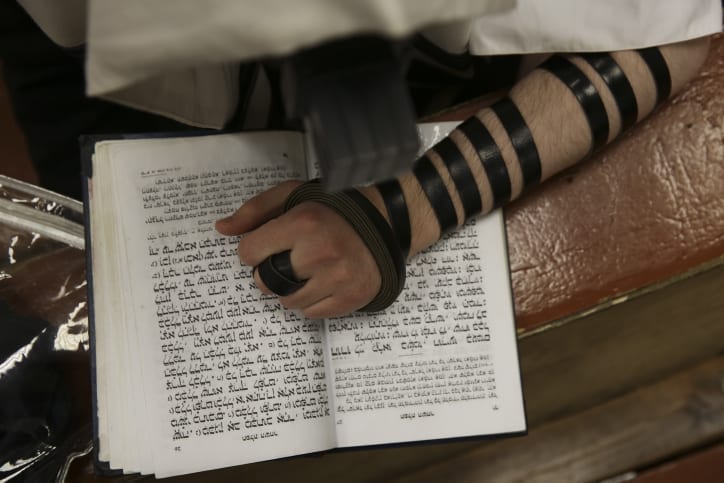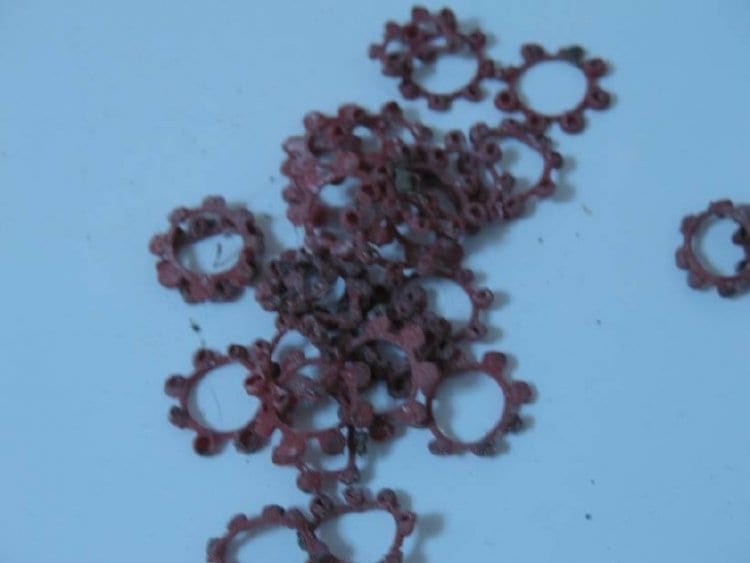Everyone knows the story of Purim. There was a corrupt King named Achashverosh that ruled from Hodu all the way to Kush. There was also a woman named Queen Vashti that didn't listen to him and got killed for it. There was a Jew named Mordechai that helped save the King from two would-be assassins and of course there was the evil Haman that just wanted Mordechai to bow down to him. When Mordechai refused, Haman decided to make Achashverosh upset at all the Jews and get them all killed out. Because of Divine Providence through Queen Esther, instead of the Jews getting killed on the 13th of Adar everything turned around. Haman was hanged on a tree and the Jews killed all their enemies instead of getting killed.
This is the story that we know more or less. Now let's look into sources of our Sages that we received from generation to generation to explain just a drop more what happened in the capitol city of Shushan at the time between the first temple and the second temple approximately at the year 482 before our common counting.
1.Who was Mordechai the Jew?
Mordechai wasn't a regular simple Jew. He was one of the important officers of Achashverosh. In Jerusalem before the exile to Babylon he was one of the prominent sages of the Sanhedrin. However, before the destruction of the first temple he was sent into Exile by Nebuchadnezzar and moved to a few different locations until the end up living in Shushan from where he led the Jewish nation in a most difficult time.
2.From where was Achashverosh?
Achashverosh was not from any royal family. He became ruler through his great wealth. Before he became King he was a horseman for the King Balshatsar that not by chance happened to be the father of Vashti. Achashverosh paid a lot of bribes to the people in the government in order to become king and since he was not from the royal family his kingdom was not stable. Therefore in his third year he made a party to celebrate his kingdom becoming stable.
3. Why did Vashti refuse to come to the party and show off her great Beauty?
Vashti was not shy or even modest, quite the opposite, she was eager to show off. But a few minutes before they called her to show herself off, her body broke out in hives Tzaraas which looks like leprosy. Therefore she refused to come because she was embarrassed. Afterwards she talked disrespectful of Achashverosh and she was taken out to be killed. It was only afterwards that Achashverosh realized what he did and he felt very bad about it.
4. Was Mordechai also at the party?
Quite the opposite! He knew that this was going to be a wild party any told all the Jews not to go but they did not listen to him. They thought that he doesn't understand politics and that they have to establish ties with the government even if it's a sin to do it. They felt that if they don't go it would be a slight to Achashverosh but Mordechai told them they were wrong. The Midrash says that Mordechai was in charge of the meal to make sure it was kosher (early day rabbinic supervision) but even though the food was kosher he STILL recommended that the Jews should not participate.
5. Who was worse Ashashverosh or Haman?
It seems that Achashverosh was a king no less capricious and cruel than Haman was but the Magilla doesn't mention this detail for one simple reason. It was written by Mordechai and Esther when Achashverosh was still alive and they did not want to write bad things about him and cause unnecessary strife.
6. What common history did Haman and Mordecai have?
On face value it would seem they had no special relationship besides great hatred. But our sages tell us that beforehand they were both Generals in the army of Achashverosh when one country rebelled against him. Achashverosh sent them both with soldiers to crush the rebellion. Each one went with his troops but Mordecai commanded his soldiers to watch their rations because there was no way to know when supplies would come. Haman’s soldiers on the other hand ate up everything in the beginning and ran out of food and they were going crazy from hunger and want to kill Haman. So Haman turned to Mordecai to ask for some food and obligated himself that he would be Mordechai’s servant and it was even tattooed on his leg that he is Mordecai's servant.
The problem was that afterwards Haman was promoted and he saw Mordecai and asked Mordechai to bow down to him. Mordechai responded by patting him on his tattooed leg to tell him; “wait I'm your master why should I bow down to you?” Before they were soldiers Haman actually was a barber in a town called Kartzom.
7. Why did Esther ask the Jews to pray and fast for her?
Beyond the strength of prayer and asking from God there is also an element of repair. Nine years after the Jews participated in the party of Achashverosh and ate non-Kosher foods now they're going too fast to repent for that. (Even if the food was kosher they sinned through eating and eventually also ate non- kosher foods.)
8. So what happened in the end?
The Jews were able to come out of their hiding places on the 13th of Adar which was the date that all the other nations were supposed to come and kill the Jews and take all their property. But on that day everything turned around! Not only were the Jews not killed they also killed the enemies that wanted to kill them that exact same date! The children Haman were also killed and hung on a tree on that day and Zeresh ran away to a faraway place and lived as a beggar begging for money to live.
9. How can we attest to the historical accuracy of the story in the Megillah?
First of all it is a tradition we got from our forefathers, that's a good reason right there. More than that, many other researchers explain that the Megillah has certain modes of expression that show expertise in the language and the Persian mindset of that era. King Achashverosh is identified with the Persian Empire of that time and Xerxes is what they call him. The grave of Mordechai and Esther are in the town of Hamadan in Iran and if you pay attention you will find that the Jews that come out of Persia and Kavkaz have a lot of women that are called Esther. In Kavkaz, by the way they called they call the women “Istir” which means hidden. Esther really hid her identity and identity of which nation she came from and didn't tell Achashverosh she was Jewish.
10. Why Hamantashcen, Haman’s ears? And why a triangle?
According to the sages Haman went back home after the great embarrassment of parading Mordechai around and his ears were cut off. In addition our Hamantaschen are triangles because he used to actually wear a triangular hat like Napoleon and some people say that the three corners of the Hamantasch are to remind us of the three days of Esther’s fast that was for three days.





